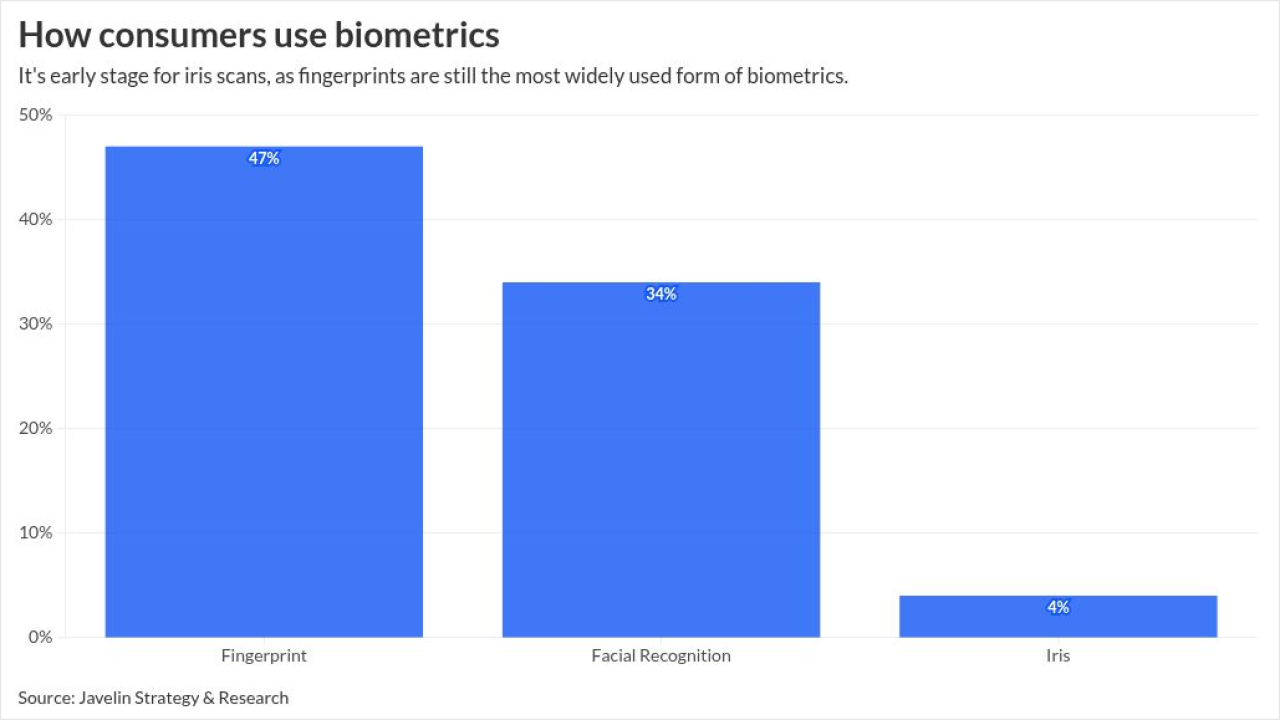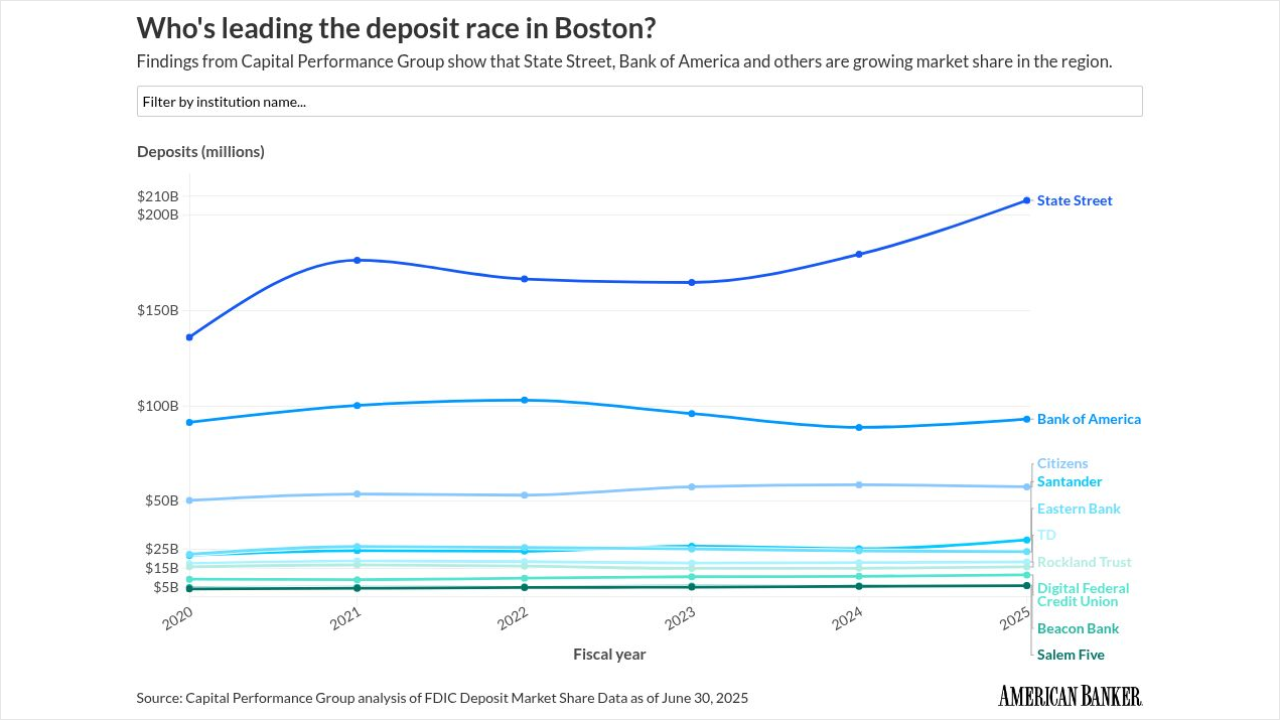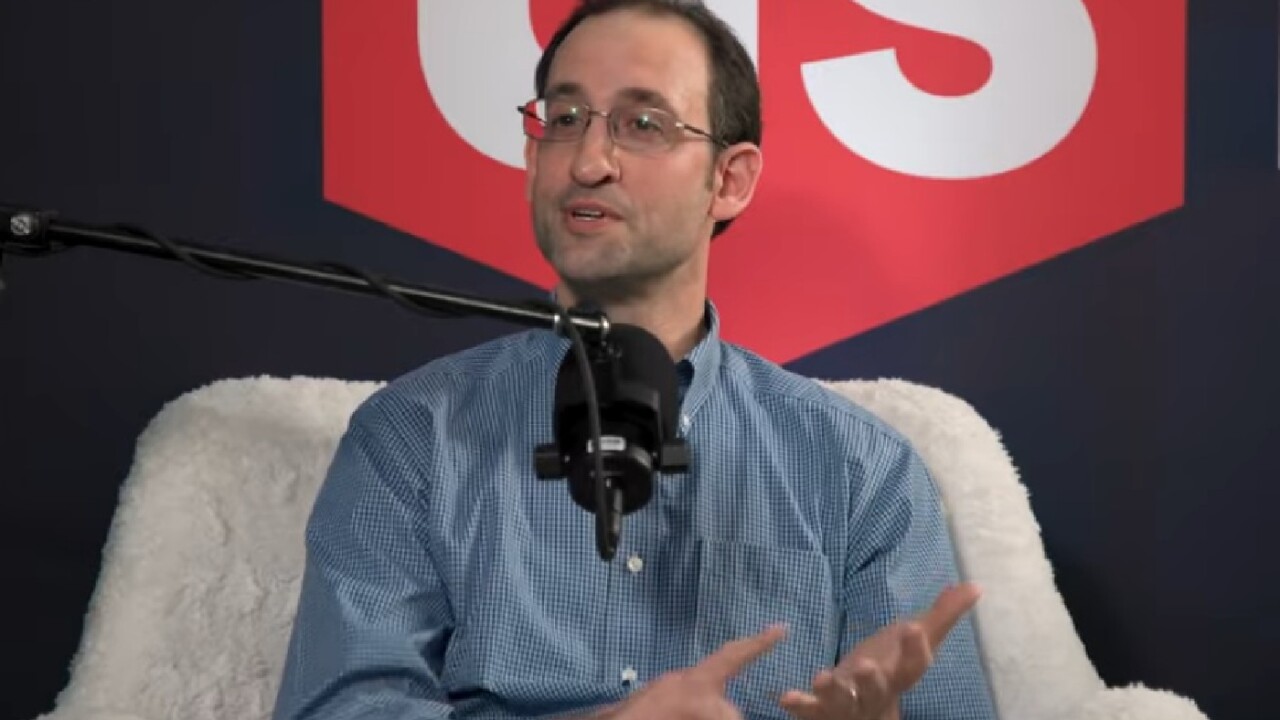Nokia Corp.'s unveiling of Nokia Money, a mobile payments system based on technology from Obopay Inc., is the latest step in Obopay's transformation from a U.S. payment service to a global payment platform.
Indeed, Nokia, which invested in Obopay in March, said it does not see Obopay as just another product to offer to its users. Gerhard Romen, Nokia's director of strategic partnerships, said he sees it as the foundation of an international mobile payment system. Nokia announced the service on Wednesday, saying it would launch in selected markets early next year, though Romen would not say where.
"We're really trying to build something, a new environment here," Romen said. To do that, he said, "you need a trusted, solid platform, which Obopay provides."
Nokia, of Espoo, Finland, plans to build on Obopay by adding a new interface instead of tinkering with an underlying system that Romen said is already solid.
For example, where Obopay is accessed on some phones today as a distinct application separate from the rest of the environment, on Nokia phones it would be integrated with the contact list — a user could simply click "Nokia Money" instead of "Dial" to make a payment to that person.
But under the hood, nothing would have changed, Romen said. "It could, in the background, use SMS, but you, as a user, don't realize," he said, referring to short message service, the industry term for text messaging.
Nokia's biggest asset in this project is its marketing expertise, not its technology, Romen said. "We do have a very deep consumer understanding on the way the devices are used," he said.
Nokia's reach is also a valuable asset, Romen said. He's hoping many banks in each region will want to connect with Nokia Money to tap into its distribution network, he said.
"Just to give an idea: we've got 80,000 Nokia retailers in China, and if you're a large bank, you probably have 3,000 branches," he said. "So the reach we can give also to the banks and the financial institutions in this case is twenty- to thirtyfold."
Since sellers of Nokia products also sell a form of financial product in topping up prepaid phones, Romen said Nokia Money would be a natural fit. Nokia plans to work with multiple financial institutions in each country, he said.
He said the system is meant to work across borders, but specific technologies would be evaluated on the basis of the level of adoption in each region.
An Obopay representative did not return a call for comment.
Obopay was launched in 2005 as a payment service accessed through text messages. It offered downloadable applications on a carrier-by-carrier basis, but until it began working with financial institutions, the Redwood City, Calif., provider's service functioned by linking text payments to a prepaid card account.
Citigroup Inc. and MasterCard Inc. have both launched mobile payment systems, Citi in 2007 and MasterCard in 2008, that add to Obopay's capabilities by letting users connect to their existing accounts and adding smartphone software interfaces.
Bruce Cundiff, a director of payments research and consulting for Javelin Strategy and Research in Pleasanton, Calif., said Nokia may have its greatest success in developing markets, where it can take the place of a lacking or absent bank infrastructure.
Even if it means that Obopay's brand fades as Nokia, MasterCard, Citi and others develop their own flavors of its system, it is still success for Obopay, Cundiff said.
"That's just the nature of the business: whatever works," he said. "I don't think it's going out on a limb to say the Citi and MasterCard brands are more recognized globally than Obopay."





